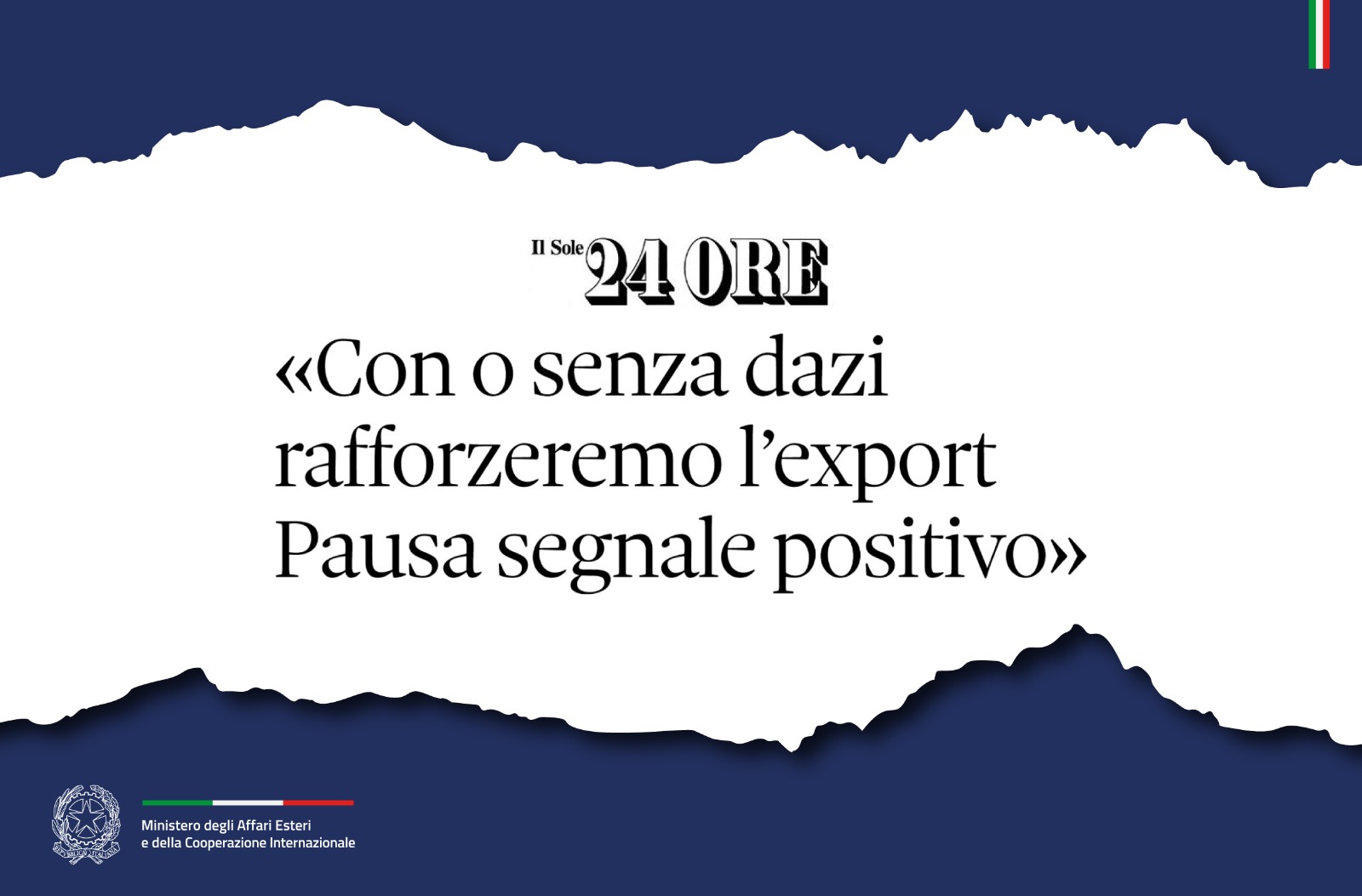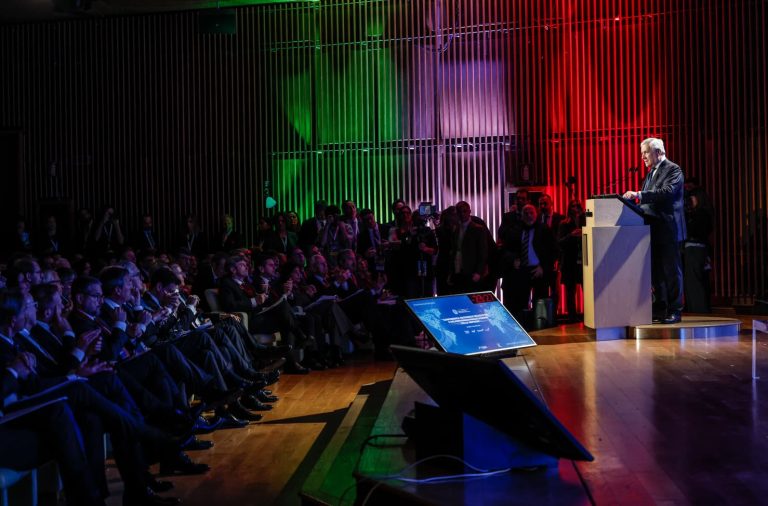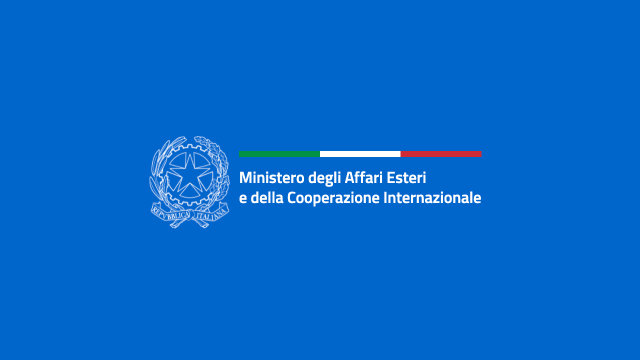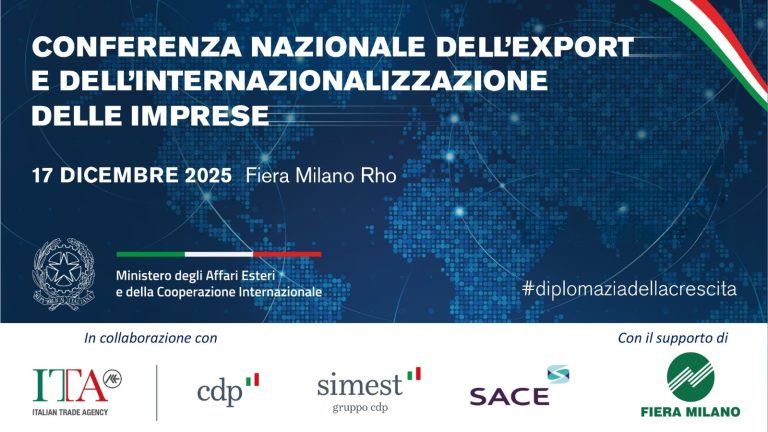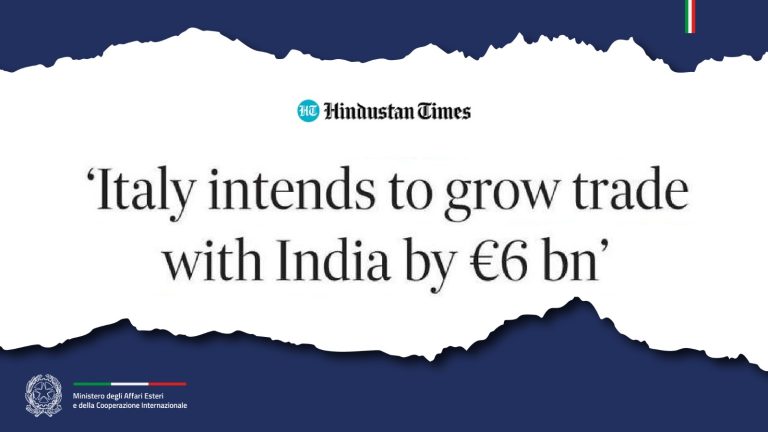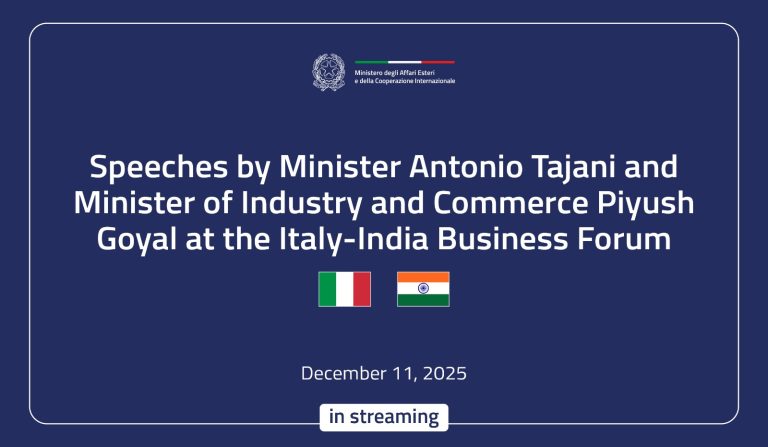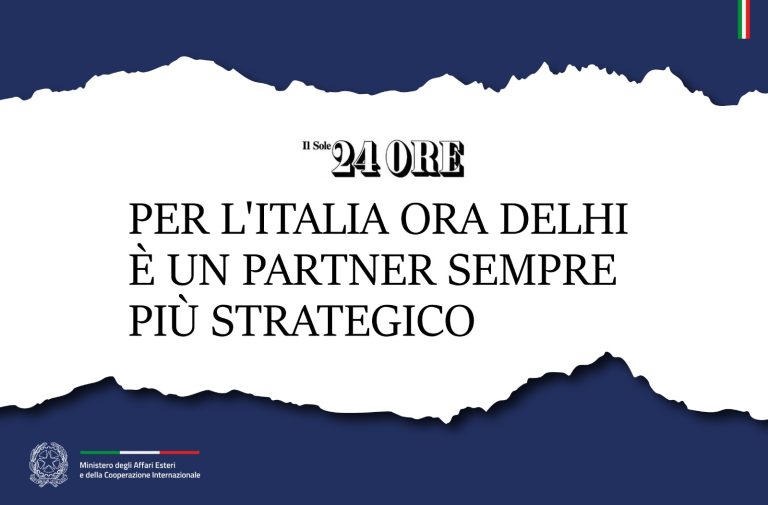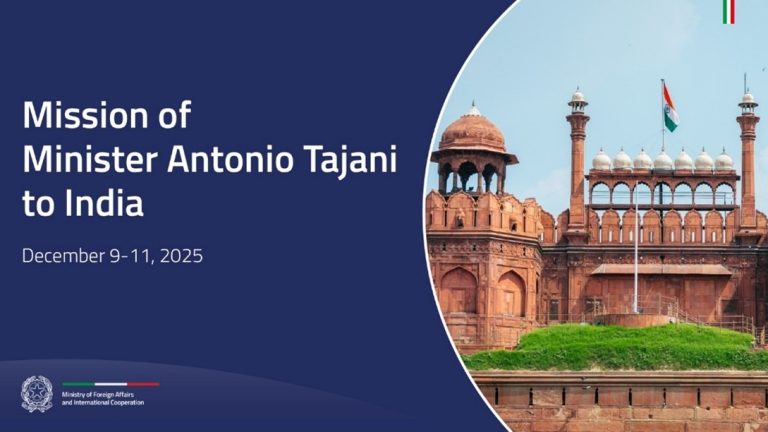“The government has its own strategy to protect businesses, a detailed plan that also includes financial interventions. This is a strategic choice for our production system, with actions also aimed at addressing tariff barriers in the internal market – a European choice”. Foreign Minister Antonio Tajani addresses the “tariff dossier” and confirms in this interview with Il Sole 24 Ore the government’s commitment to businesses, amounting to €25 billion between the National Recovery and Resilience Plan (PNRR) and cohesion funds. Another pillar is the push for the Export Action Plan from the Italian Foreign Ministry, with the goal of reaching €700 billion in exports by the end of the legislature, compared to €626 billion in 2024.
Minister, how do you assess the last-minute news of the 90-day tariff pause announced by Trump?
“President Trump’s decision is a signal that we want to interpret positively. It is hoped that the 90-day delay will facilitate negotiations. After all, from the outset, the Italian government has chosen an approach that avoids a trade war, which, as we all understand, would harm citizens and markets in the US, Europe, and worldwide”.
Minister, in the past two days, you have organised two business forums, with the Netherlands and the United Kingdom. You are now preparing for a mission in Asia, which will first visit India and then Japan, two strategic markets for Italy.
“With or without tariffs, our commitment to strengthening exports cannot be interrupted. In New Delhi, we will certainly discuss the fact that India and the EU are exploring the possibility of negotiating a free trade agreement in phases, and our mission will focus on business forums in the fields of technology, research, and industry. As a confirmation of this commitment, the opening of a Simest office is planned. Furthermore, the mission will also be an opportunity to host events in ‘sports diplomacy’ with former national team captain Materazzi, alongside football legends from India. India could become an increasingly central political and economic partner in Italy’s strategies”.
After India, the mission will continue on Sunday and Monday to Osaka for the inauguration of the “Italy Pavilion” at Expo 2025.
“At the Pavilion, during the opening period of the Expo (from 13 April to 13 October), one million visitors are expected. It will showcase the best of Made in Italy. The agenda also includes the unveiling of Caravaggio’s ‘Deposition’ at the space of the Vatican Pavilion, which we are hosting within the Italy Pavilion. In Osaka, we will light the Olympic torch for Milan-Cortina 2026, continuing the thread of sports diplomacy. After India and Japan, a country mission is scheduled for May in Mexico, a strategic market in the American continent”.
Is this trip part of the Export Action Plan presented a month ago?
“We have focused on extra-EU markets where Italy should target, particularly in Asia, Latin America, and Africa. We have also planned a strengthening of information and communication tools for businesses. Italian Trade Agency, SACE, and Simest will continually update how they support businesses to boost exports: this is the request the entire government is making to the Italian export system”.
Yesterday, the Council of Ministers voted on a reform of your Ministry.
“A reform, a reorganisation of the ministry aimed at strengthening the economic department: there will be two deputy secretaries-general, one political and one economic, and in parallel, two new directorates will be created, one for growth and internationalisation and another for security. Aside from modernising the structure, we will send a signal of increasing recognition of the export mission of the Ministry of Foreign Affairs”.
Are there any recession risks for Italy in the near future?
“I don’t see them, if anything, there are risks in the US. I hope that interest rates can continue to decrease, and I also add that the ECB could examine the possibility of a new quantitative easing”.

